A Place For Mining: A Story of the Otter Creek Valley
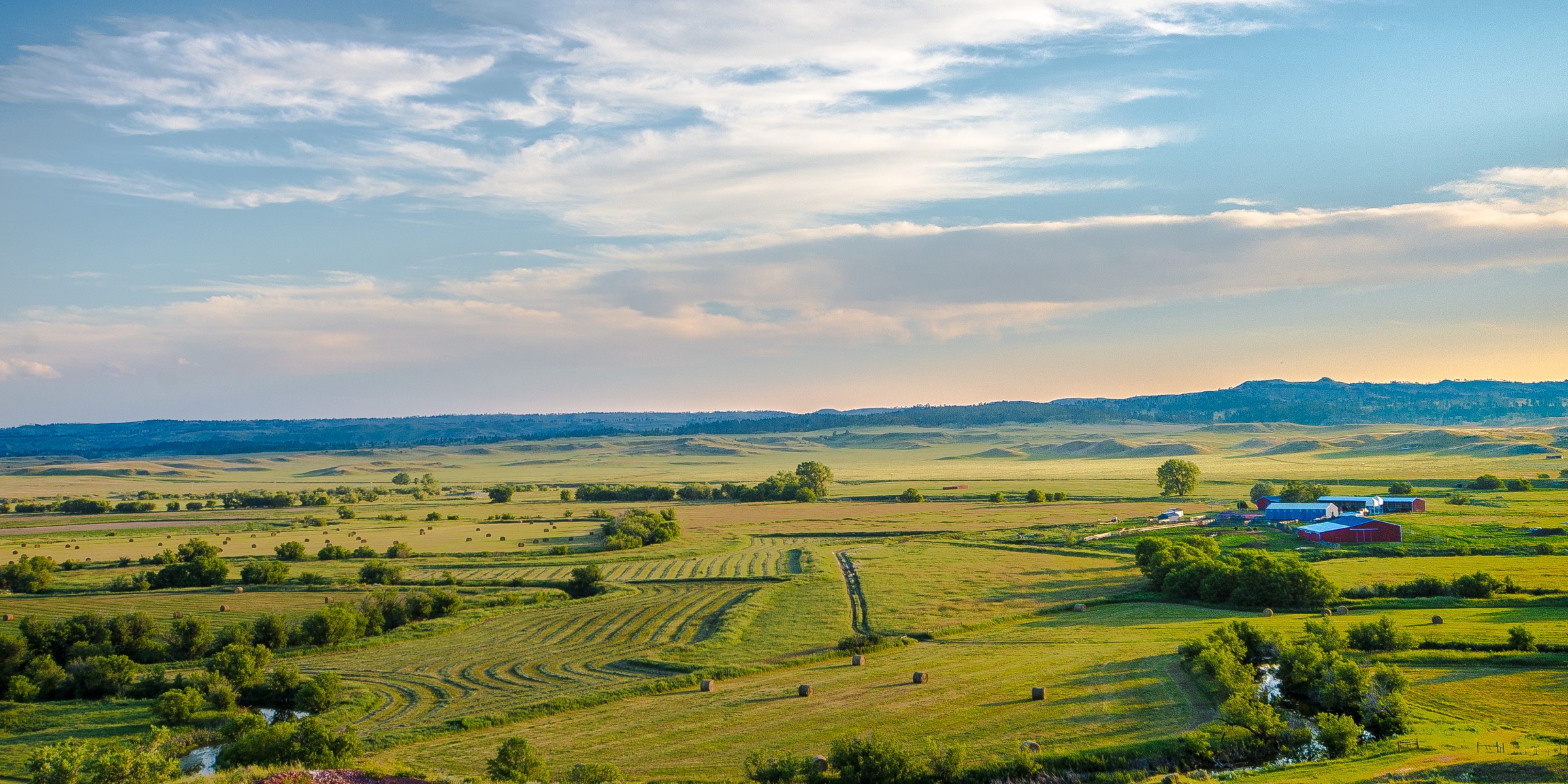
By now the demise of the Otter Creek mine is old news.
I thought I should write something about it but I didn’t. Talking to a good friend a couple weeks later, I told him that it felt weird to write, photograph, organize and spend a significant amount of my life and emotional energy on something and then let the end of it pass without a note or retrospective. He told me that I’ve already written everything I needed to. He was right. I was content to sit back and just let myself be happy that it was over.
And yet there will probably always be something more to say because the struggle in southeast Montana taught me bigger lessons about community, about politics and about people.
In March of 2010, when the state of Montana leased the coal tracts to Arch Coal, most people were convinced there was nothing to be done. Once the coal was leased the issuing of permits seemed inevitable. As we all know government agencies aren’t in the business of denying permits. However, during those six years, the Otter Creek mine and Tongue River Railroad never received a permit, not one.
Sometimes the distances between southeast Montana and Helena felt insurmountable. I’m not sure the people who held the fate of the valleys in their hands really understood that the core resistance to this project didn’t stem from an attachment to a certain political ideology or from outside environmental groups.
The resistance came from local people who held wildly different political views but all cared deeply about a place. That is why we won. It’s that simple. Hundreds of people, who cared nothing about credit, attention, money from donors or environmental politics, spent their time and their own money to involve themselves in our democracy. You can’t sustain six years of grassroots opposition and public involvement if the people don’t truly care about the place they are trying to protect.
For many in Helena and Washington D.C., southeast Montana and the proposed mine were abstractions. They weren’t personally connected to the place so it made the Otter Creek valley just words on a map, a place for mining. That bureaucratic abstractness made it hard for them to understand or care that the issue was the very real destruction of a real place that would impact real people.
I’ve been thinking about this a lot since the Livingston Enterprise ran an editorial last year entitled, “There is a place for mines but it isn’t on Emigrant Peak.”
That phrase lodged itself in my brain; a place for mines. I’m not politically naive. I recognize the usefulness of the tactic, but, as someone who works and lives in an area that others think is a place for mining, I also recognize the enormous damage that it does. The sentiment was echoed in a recent opinion piece about the proposed gold mine exploration near Yellowstone National Park by a local business leader. It reads,
Lest we forget how the Otter Creek mine happened. In order to protect the greater Yellowstone ecosystem from a gold mine, taxpayers paid a Canadian gold mining corporation $65 million dollars and federal lands in other places to give up their mining claims around Yellowstone National Park. Later, taxpayers spent another $8 million from the Land and Water Conservation Fund to finish the purchasing of the land from a private owner. To appease the Governor of Montana, who argued we were losing out on revenue and job creation, the federal government transferred the Otter Creek coal tracts to the state of Montana. Although there were those that spoke out against the trade and tried to stop it, it still happened. Not many people were willing to spend political capital on the Otter Creek valley, a place for mining.
What could we accomplish together if we stopped treating our working landscapes differently than, what Wendell Barry calls, the ‘gated communities of the wild?’ We must recognize the value of protecting our working landscapes, like the Otter Creek valley, as much as we recognize the value of protecting the great wild lands of our state, like the greater Yellowstone ecosystem. The places that we love, and we all have them, are connected. Water, air and wildlife don’t recognize human created boundaries.
We must guard against, in our actions and our words, myopic strategies that have real consequences for other places. Are there communities “better suited” to large scale industrialization and mining? Who gets to make that determination? How will this new fight to protect the greater Yellowstone ecosystem end?
Rarely do local communities have a choice in the matter, rather it is imposed upon them by corporations and governments. Large scale industrialization, and the associated environmental and human health consequences, usually happens in places that don’t have the resources, political and financial, to fight back. This is the type of thinking that leads to sacrifice areas.
Ground zero is the in the eye of the beholder. Some projects are more disastrous than others depending on your position in time and place, both geographically and financially.
We don’t gain anything by breaking up Montana into places for mining and places for protecting. That doesn’t build community. That doesn’t build power.
Lucky for all Montanans, the people working to protect the Otter Creek and Tongue River valleys succeeded by traversing that space that exists between communities, cultures, political ideologies and landscapes.
They made a place for protecting.

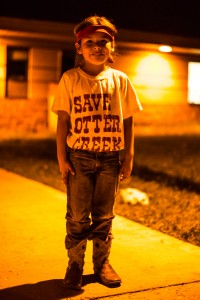
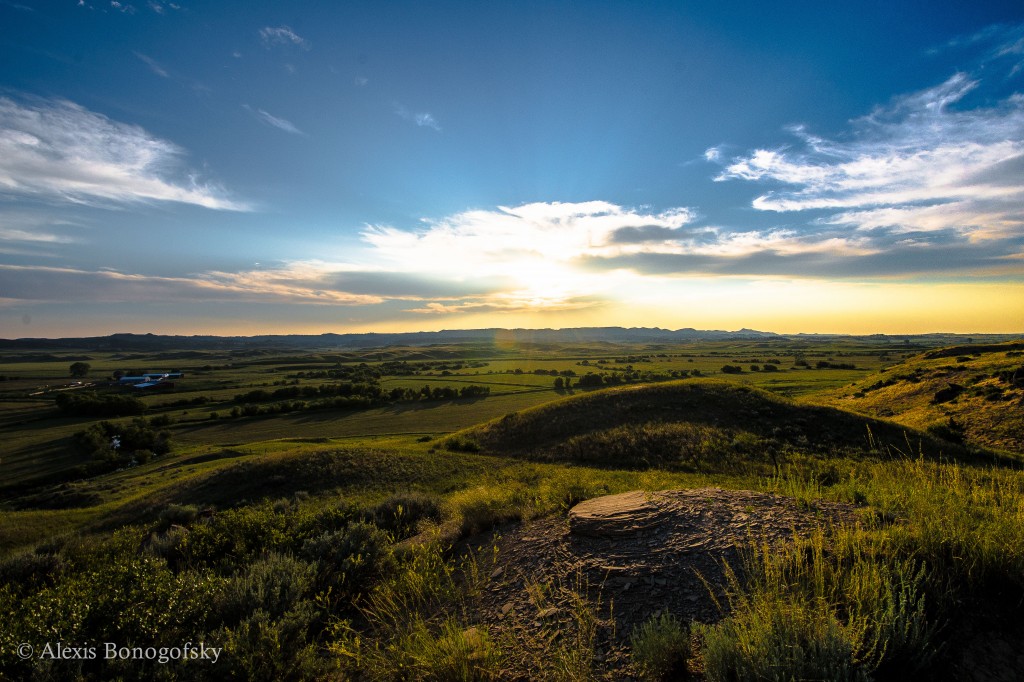
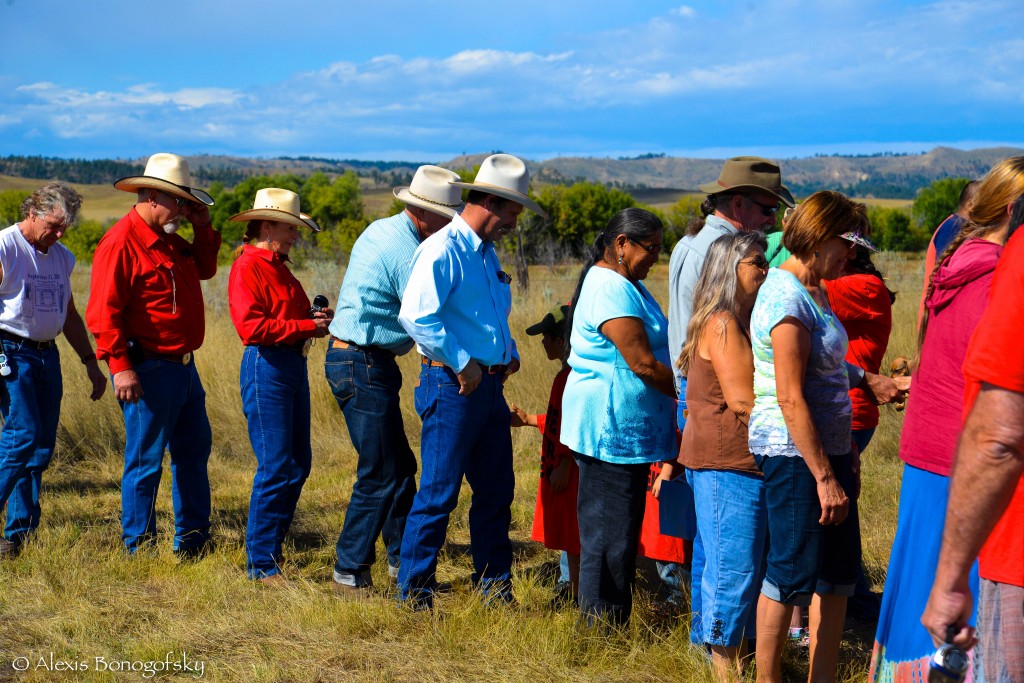
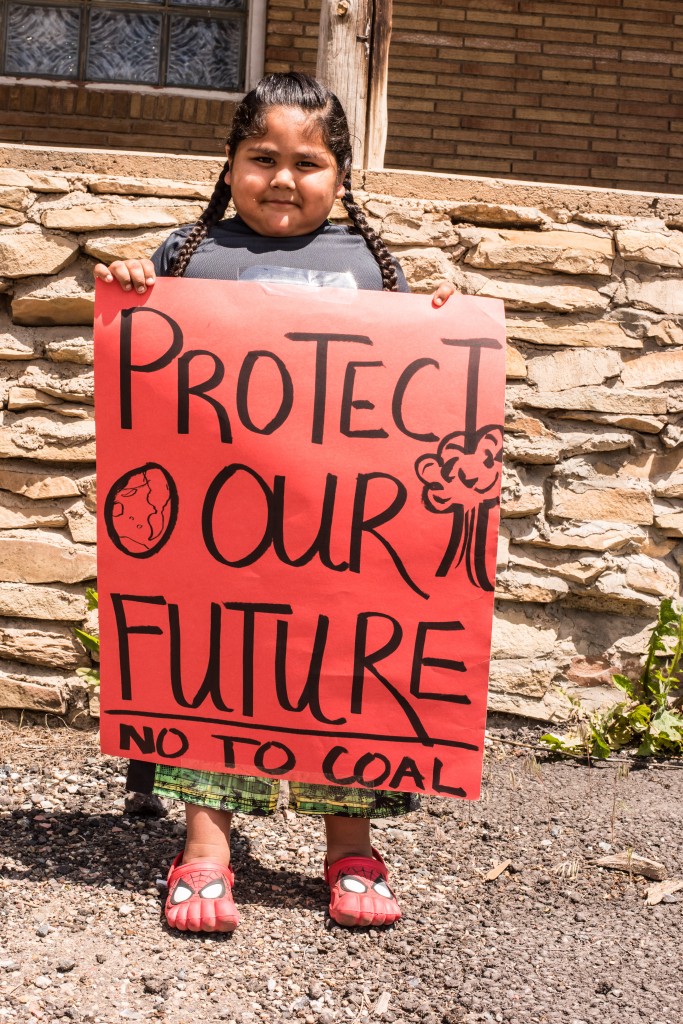
Great counter to the “Not In My Back Yard” argument, a/k/a buck-passing.
Nice article…very informative.
We who live on Otter Creek were very lucky in that a confluence of factors came together to save our valley. Opposition to both the mine and the Tongue River Railroad by local people supported by various interest groups, economic factors affecting coal mining, opposition to coal railroad terminals in Washington state, opposition by various Native American Tribes and so on helped in our fight to preserve the valley. A big thank you goes out to all who put time and effort into this endeavor.
A masterfully written piece which advocates for a more adaptive way forward. It’s a story of responsibility, safeguarding the public trust, and most of all, LOVE of place. Thank you for giving it another look while we celebrate a victory over exploitation and short sightedness. My deep thanks to everyone who took time out to protect their beloved homes and ‘hoods.
And politicians, companies, and banks will not cease to continue to do everything they can to exploit “natural resources” like coal, oil, gas, minerals, and who knows what else, for the sake of profit. They quote statistics, make up more, and bray about creating jobs and stimulating the economy at the expense of federal and state lands that have been in the public trust for decades. Apathy is bad- especially when it leads to totalitarianism- look at how China runs roughshod over its citizens and lands.
Pingback: Otter Creek: An important victory for an important place | Last Best News
Pingback: ICYMI: Montana Political Reads for April 9, 2016 | Intelligent Discontent
Beautifully said, Alexis…and while the doors to these heinous projects (mine and railroad) have closed we can’t lower our guard. We need to maintain vigilance because we have a governor who thinks coal is good for Montana as well as a DEQ that does the governors bidding. DEQ doesn’t work for the environment or our well-being. It works for industry.